Few fruits embody the essence of tropical sunshine and refreshing zest like the Key lime. Famous for their iconic role in the classic Key lime pie, these small, aromatic citrus fruits offer a perfect balance of tangy acidity and subtle sweetness. If you love fresh pies and want to bring the bright flavor of Key limes straight from your garden to your kitchen, growing your own Key lime tree is a rewarding and enjoyable experience.
In this comprehensive guide, you’ll learn everything about growing Key limes—from selecting the right variety and planting techniques to care, harvesting, and even how to get the most delicious pie results from your homegrown limes. Whether you’re gardening in a warm climate or planning to grow them in containers, this article will set you on the path to citrus success.
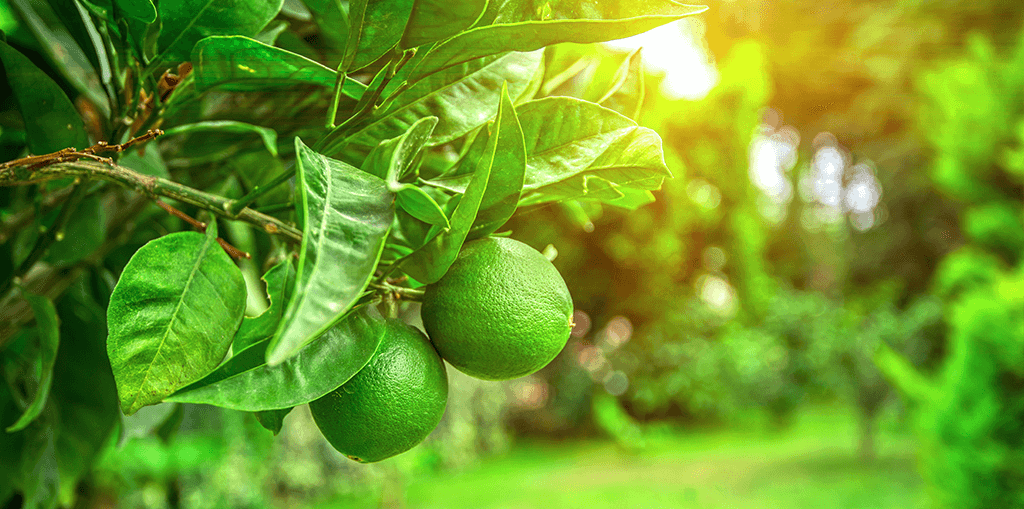
What Are Key Limes?
Key limes (Citrus aurantiifolia), also known as Mexican or West Indian limes, are smaller and rounder than the more common Persian limes. They typically measure 1 to 2 inches in diameter and have a thin, yellowish-green rind when ripe. Their juice is notably more acidic and aromatic, making them ideal for culinary uses, especially the famous Key lime pie.
Originally from Southeast Asia, Key limes are now predominantly grown in tropical and subtropical regions such as Florida, Mexico, and the Caribbean. Their compact size and fragrant blossoms make them popular not only for fruit production but also as ornamental plants.
Why Grow Your Own Key Limes?
Growing your own Key lime tree offers several benefits:
- Freshness: Nothing beats freshly picked limes for the juiciest, most flavorful pies and cocktails.
- Sustainability: Homegrown fruits reduce your carbon footprint and packaging waste.
- Pest Resistance: Key lime trees tend to be more pest and disease resistant compared to other citrus varieties.
- Compact Size: They are perfect for container gardening, patios, or small spaces.
- Year-Round Fruit: In suitable climates, Key limes can produce fruit multiple times per year.
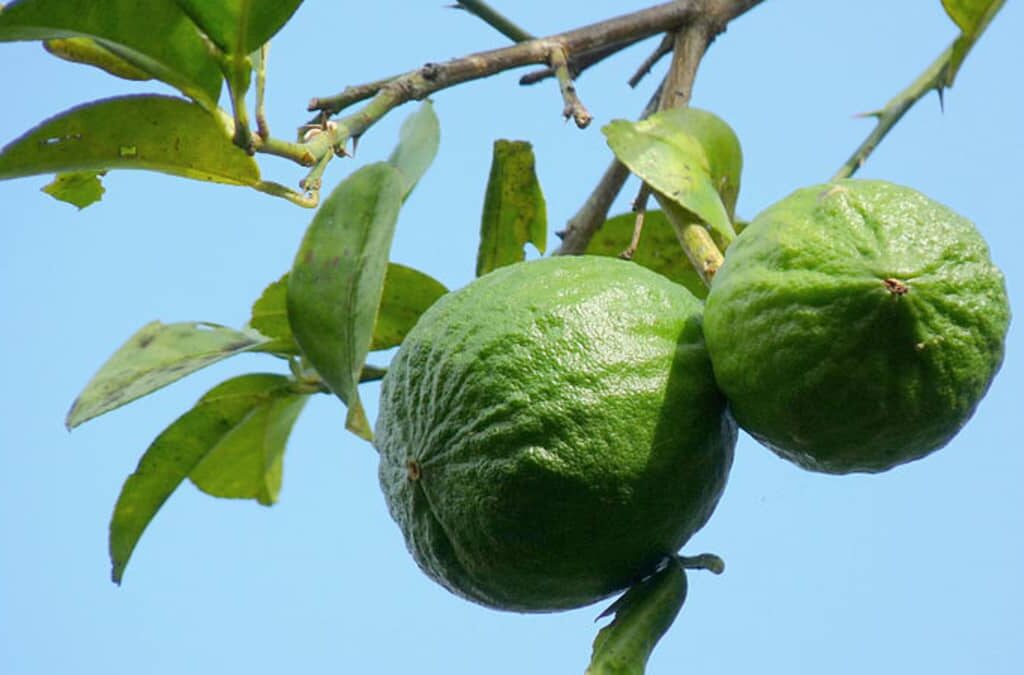
Selecting the Right Variety
There are several Key lime varieties, but the most common and widely grown are:
- ‘Mexican’ or ‘West Indian’ Key Lime: Classic variety used for pies, with tart juice and small fruit.
- ‘Kaghzi’ Key Lime: Slightly larger fruit, known for sweeter juice.
- ‘Australian Finger Lime’: An exotic cousin with elongated fruit and caviar-like pulp, excellent for gourmet dishes.
For most gardeners, the ‘Mexican’ Key lime is ideal for pie making and home growing.
Climate and Location Requirements
Key limes thrive in warm, subtropical to tropical climates. They prefer:
- Temperature: Ideal daytime temperatures between 70°F and 85°F (21°C to 29°C). They are sensitive to frost and temperatures below 28°F (-2°C) can cause damage or kill the tree.
- Sunlight: Full sun exposure for at least 6 hours daily. Partial shade may reduce fruit production.
- Soil: Well-draining, slightly acidic soil (pH 6-7) rich in organic matter.
If you live in colder regions, consider growing Key limes in large containers that can be moved indoors during winter.
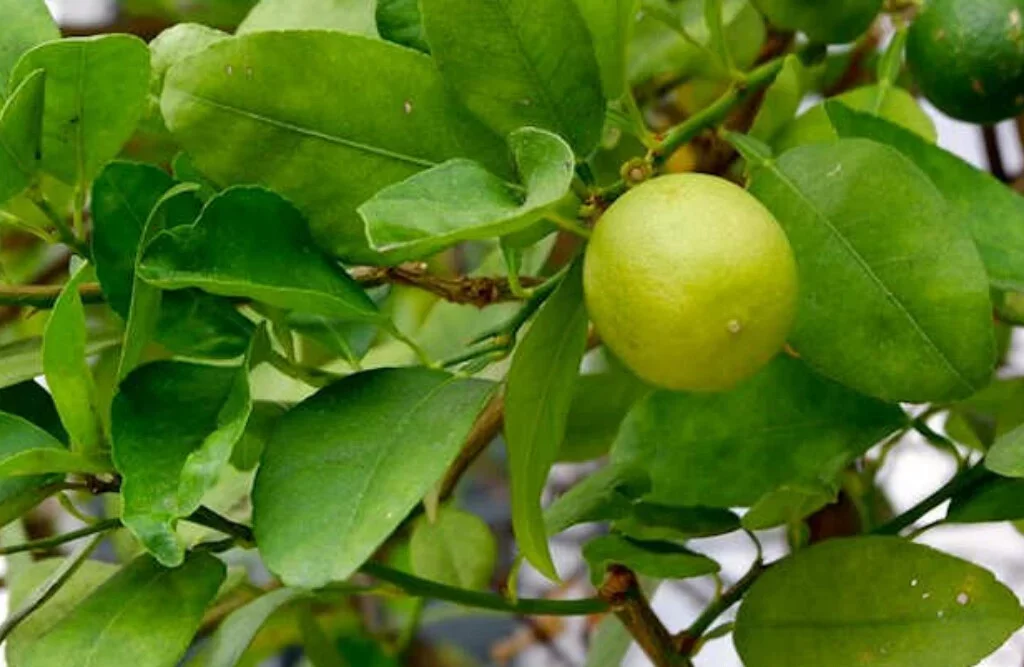
Planting Your Key Lime Tree
When to Plant
The best time to plant Key lime trees is in the spring after the last frost date, allowing the tree to establish before cooler weather.
How to Plant
- Choose a Healthy Tree: Purchase from a reputable nursery or garden center. Look for vibrant leaves and a well-established root ball.
- Select a Location: Pick a sunny, sheltered spot with well-draining soil. Avoid low areas prone to standing water.
- Prepare the Soil: Mix garden soil with compost or aged manure to improve fertility and drainage.
- Dig the Hole: Dig a hole about twice the size of the root ball.
- Plant: Place the tree in the hole, backfill with amended soil, and water deeply. Ensure the root crown is level with the soil surface.
- Mulch: Add 2-3 inches of mulch around the base to retain moisture and suppress weeds, but keep it a few inches away from the trunk.
Growing Key Limes in Containers
If space or climate is a concern, growing Key limes in containers is a smart option.
- Use a 20-gallon or larger pot with drainage holes.
- Use high-quality citrus potting mix or a blend of peat, perlite, and compost.
- Water regularly but allow the soil to dry slightly between waterings.
- Fertilize monthly with a citrus-specific fertilizer.
- Move indoors or to a protected area when temperatures drop below 50°F (10°C).
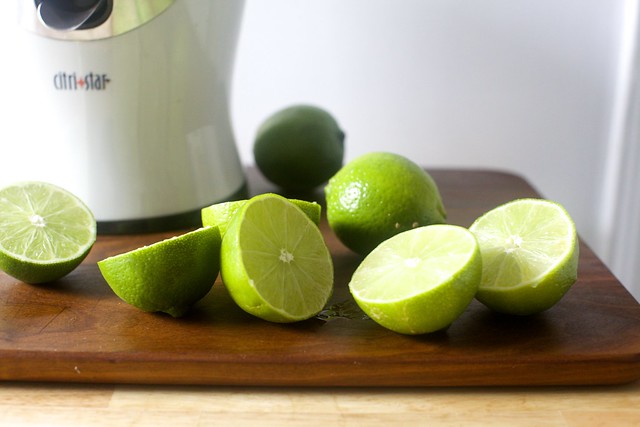
Caring for Your Key Lime Tree
Watering
- Keep soil consistently moist, especially during dry spells. Young trees may need watering every 2-3 days, while mature trees require less frequent deep watering.
- Avoid overwatering, which can cause root rot.
Fertilizing
- Use a balanced citrus fertilizer rich in nitrogen, potassium, and micronutrients like magnesium and iron.
- Apply fertilizer every 6-8 weeks during the growing season (spring to early fall).
- Follow label instructions for proper dosage.
Pruning
- Prune to remove dead or crossing branches, and shape the tree after harvest or during late winter.
- Pruning improves airflow and light penetration, reducing disease risk.
Pest and Disease Control
- Key limes are relatively pest-resistant but watch for aphids, scale insects, and citrus leaf miners.
- Treat infestations with insecticidal soap or neem oil.
- Ensure proper sanitation by removing fallen leaves and fruit to reduce fungal diseases.
Pollination and Fruit Production
Key lime trees are generally self-pollinating, but bees and other pollinators help improve fruit set. Planting near flowering plants or placing a bee hive nearby can boost yields.
Fruit typically develops 4-6 months after flowering, and trees can produce fruit year-round in warm climates with proper care.
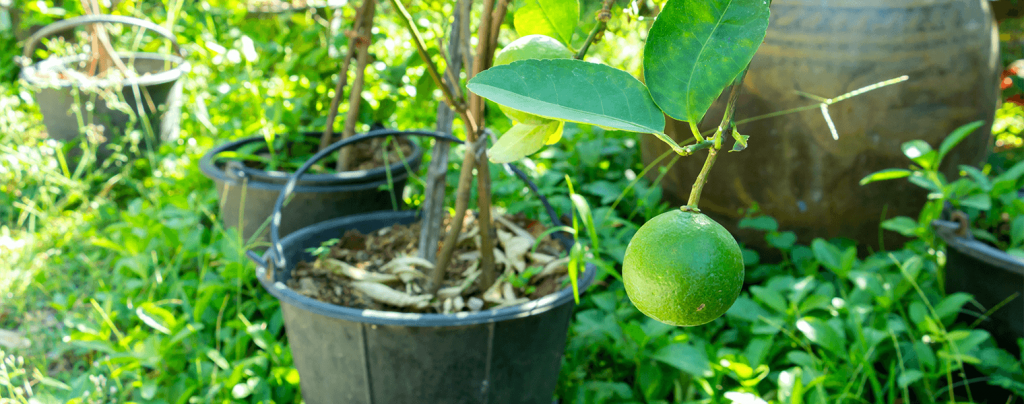
Harvesting Key Limes
When to Harvest
- Key limes are ready to harvest when they turn yellow-green to yellow and feel slightly soft to the touch.
- The fruit size is usually smaller than regular limes—about 1 to 2 inches in diameter.
How to Harvest
- Use pruning shears or gently twist the fruit from the branch to avoid damage.
- Harvest regularly to encourage continuous fruiting.
Using Your Homegrown Key Limes for Fresh Pies
Nothing beats the flavor of a pie made with freshly squeezed Key lime juice. Here are some tips:
- Juicing: Roll the lime firmly on a countertop before cutting to maximize juice. Use a manual or electric citrus juicer.
- Zesting: The thin, aromatic rind can be zested to add flavor to pie crusts, toppings, or drinks.
- Storage: Fresh Key limes can be refrigerated for up to two weeks or frozen for longer storage. Juice can be frozen in ice cube trays.
Simple Classic Key Lime Pie Recipe
Here’s a quick way to use your freshly harvested Key limes:
Ingredients
- 1 cup Key lime juice (freshly squeezed)
- 1 can (14 oz) sweetened condensed milk
- 4 large egg yolks
- 1 prepared graham cracker pie crust
- Whipped cream for topping (optional)
Instructions
- Preheat oven to 350°F (175°C).
- In a bowl, whisk together egg yolks and sweetened condensed milk.
- Stir in Key lime juice and zest until well combined.
- Pour mixture into pie crust.
- Bake for 10-12 minutes until filling is set but slightly jiggly.
- Cool completely, then refrigerate for at least 2 hours.
- Serve chilled with whipped cream.
Troubleshooting Common Issues
- Fruit drop: Can be caused by irregular watering or excessive heat. Keep watering consistent.
- Yellow leaves: May indicate nutrient deficiency; check soil pH and fertilize properly.
- Pests: Manage early with organic sprays and natural predators.
Final Thoughts
Growing Key limes at home is an incredibly satisfying way to add a touch of tropical zest to your kitchen and garden. Their compact size, year-round fruiting potential, and unique flavor make them perfect for fresh pies and other culinary delights. With proper care, the rewards of your own Key lime tree will blossom into delicious memories and endless pie-making joy.
Start your Key lime journey today and savor the tangy taste of fresh, homegrown citrus!

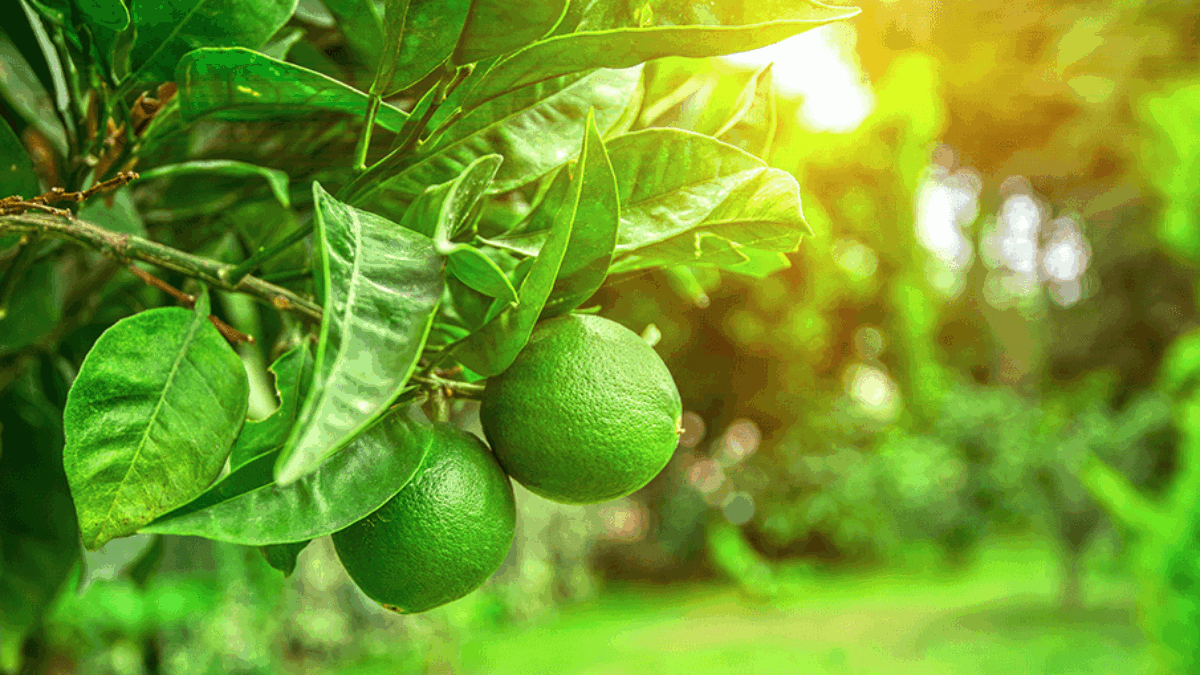




Leave A Comment